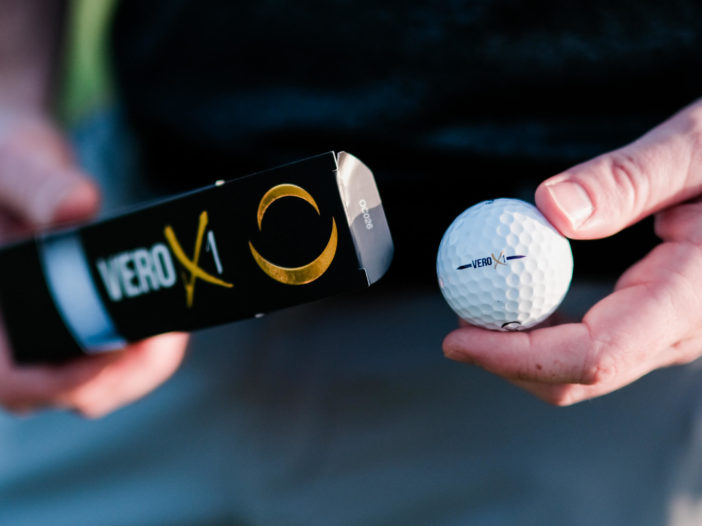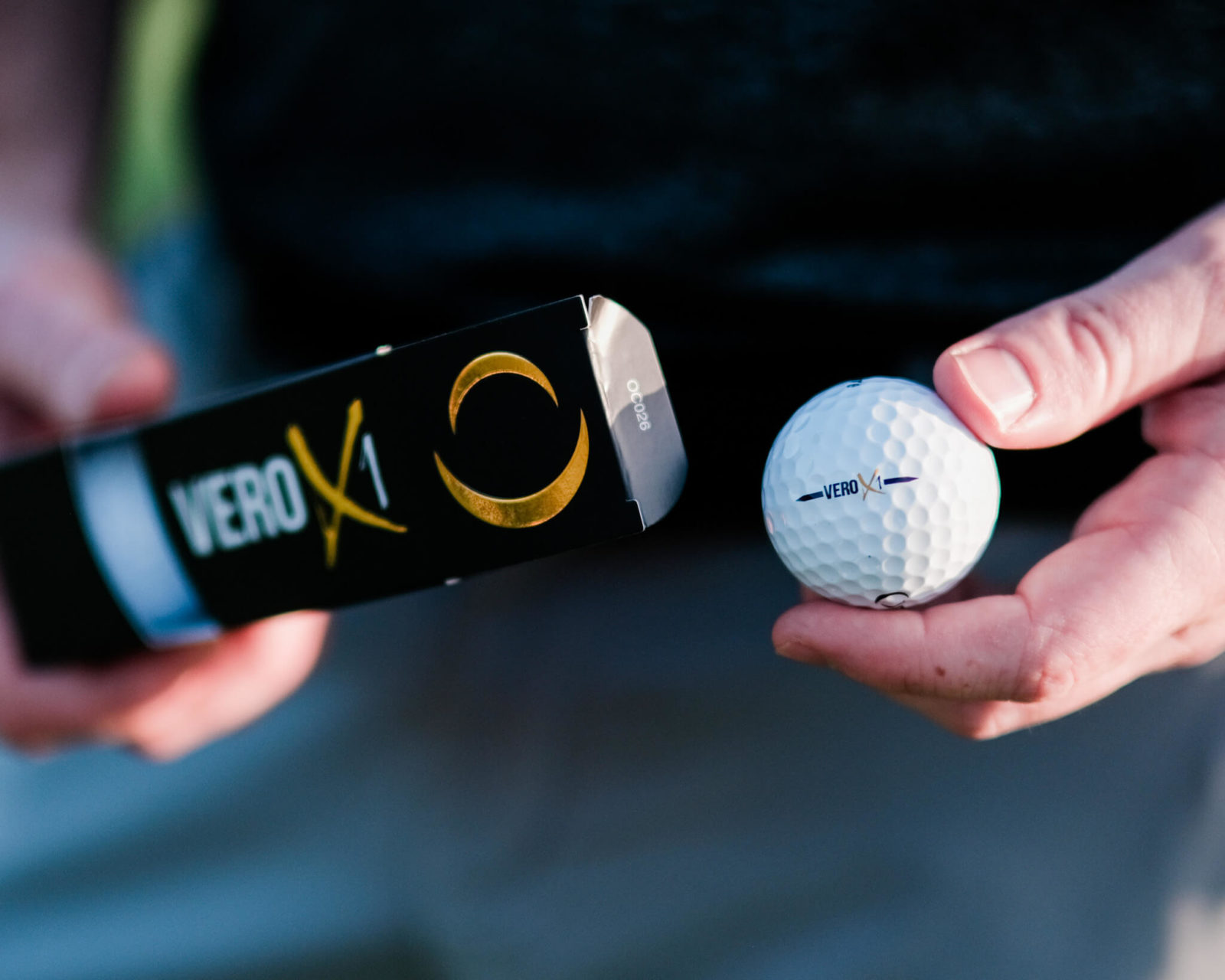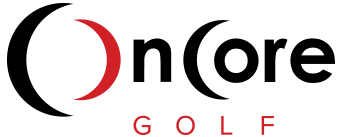
When it comes to designing golf balls, John Calabria “knows a thing or two because he’s seen a thing or two,” as the Farmers Insurance tagline goes.
OnCore’s Senior Technical Advisor since 2019, Calabria’s name is on patents for 12 golf balls and clubs. He engineered brand names like the Titleist Professional, Maxfli Noodle as well as dozens of other high-performance balls throughout his illustrious career.
At OnCore, Calabria was the driving force behind the development of AVANT, AVANT 55 and ELIXR, and more recently, our four-piece performance ball, VERO-X1 (which recently topped the ProV1 and ProV1x in independent testing).
Always an “outside the tee box” thinker, he likens the golf ball to the “15th club” in a golfer’s bag.
“I’d recommend to any golfer that he or she get fit for clubs, and one of those clubs is the golf ball,” Calabria says. “There are two parts of the equation to playing better golf: the club and ball, and the importance of being fit for the proper ball can’t be overstated.”
Before you dive into our Ball Fitting Assessment, here are five tips from Calabria to help get you started.
1. Know Your Numbers
Online ball fitting assessments, such as OnCore’s, rely on accurate golfer data. You’ll need to know your driver and 7-iron swing speed within a range of approximately 10 mph. Other measurements, such as average ball speed, spin rate and launch angle, can also be helpful.
With the popularity of club-fitting services at golf instruction outlets like GOLFTEC and Club Champion and at big box store like Dick’s and Golf Galaxy, many golfers already have this data. If you don’t have the time or budget for a custom, in-person club fitting, Calabria says there’s plenty of information online.
“Most of the major golf media outlets, like Golf Digest and GOLF Magazine have published research from their instructors,” he says. “And there are several USGA (United State Golf Association) studies that postulate average swing speed by age and handicap.”
2. Take a Test Drive
Once you’ve taken a few assessments and found a sampling of golf balls that might fit your game, Calabria recommends purchasing a small number of them to test on the golf course. If they’re available by the sleeve, great, if not, buy a dozen. In the long term, investing $50 to $100 to help lower your scores yields a high ROI.
“In addition to performance, it’s important that golfers like the feel of the golf ball they’re playing,” Calabria says. “Go out and play on a slow afternoon at your local course and drop a few balls around the green complexes and chip. Roll putts from different distances and elevations on the greens. Take notes if you can.”

3. Start with the End in Mind
And speaking of chipping and putting … while every golfer wants to hit it longer and straighter, Calabria says they need to recalibrate their mindset and start with their short game in mind. Thinking about it in terms of strokes gained analytics, recreational golfers lose most of their strokes on approach shots, short game and putting.
“That’s why testing balls on the golf course is so important,” Calabria says. “Take the balls you are testing and hit approach shots into greens from 75 to 125 yards with your wedges, and from 125 to 150 yards with your 9-, 8- and 7-irons. These are your scoring clubs and you’ll want to ensure the ball performs like you want it to.”

4. Assess and Reassess
Professional golfers, like OnCore Ambassador Erik Compton, prefer high-compression balls like the VERO-X1. With their higher swing speeds and mastery of the club face and path, Tour players are able to impart as much, or as little, spin on the ball as they’d like. VERO-X1 offers unprecedented distance and dramatically reduced sidespin while delivering plenty of spin around the greens.
Many high-level and mid-handicap golfers opt for a mid to high compression ball – like the three-piece ELIXR – that affords the best of all worlds without breaking the bank at just $29.99 a dozen. Then there’s the AVANT 55; with a soft inner core and surlyn cover that results in an ultra-low 55 compression, these balls are optimal for lower swing speeds or any golfer who prefers a soft feel on, and around, the greens.
“Many players are gravitating toward a softer ball because they like the sound and feel,” Calabria says. “Those are important considerations, but not as important as performance as related to your swing and ball speed. As you get older or as conditions change, like the weather, continue to assess the best ball for your situation.”

5. Keep it Simple
At first blush, finding the perfect ball for your game might sound like a time-consuming exercise. Many major golf ball manufacturers sell 10, 20 or even 30s different models to choose from. At OnCore, we adhere to the “rule of three” and keep it simple for our golfers with AVANT 55, ELIXR and VERO X1.
“OnCore’s three balls cover 95% of golfers and we don’t feel the need to overcomplicate things with a five-piece ball,” Calabria says. “Too many golf ball manufacturers slice and dice their product line in too many ways.”
Ready to find the perfect OnCore ball for your game? Take the next step with our Ball Fitting Assessment and get fit today.



